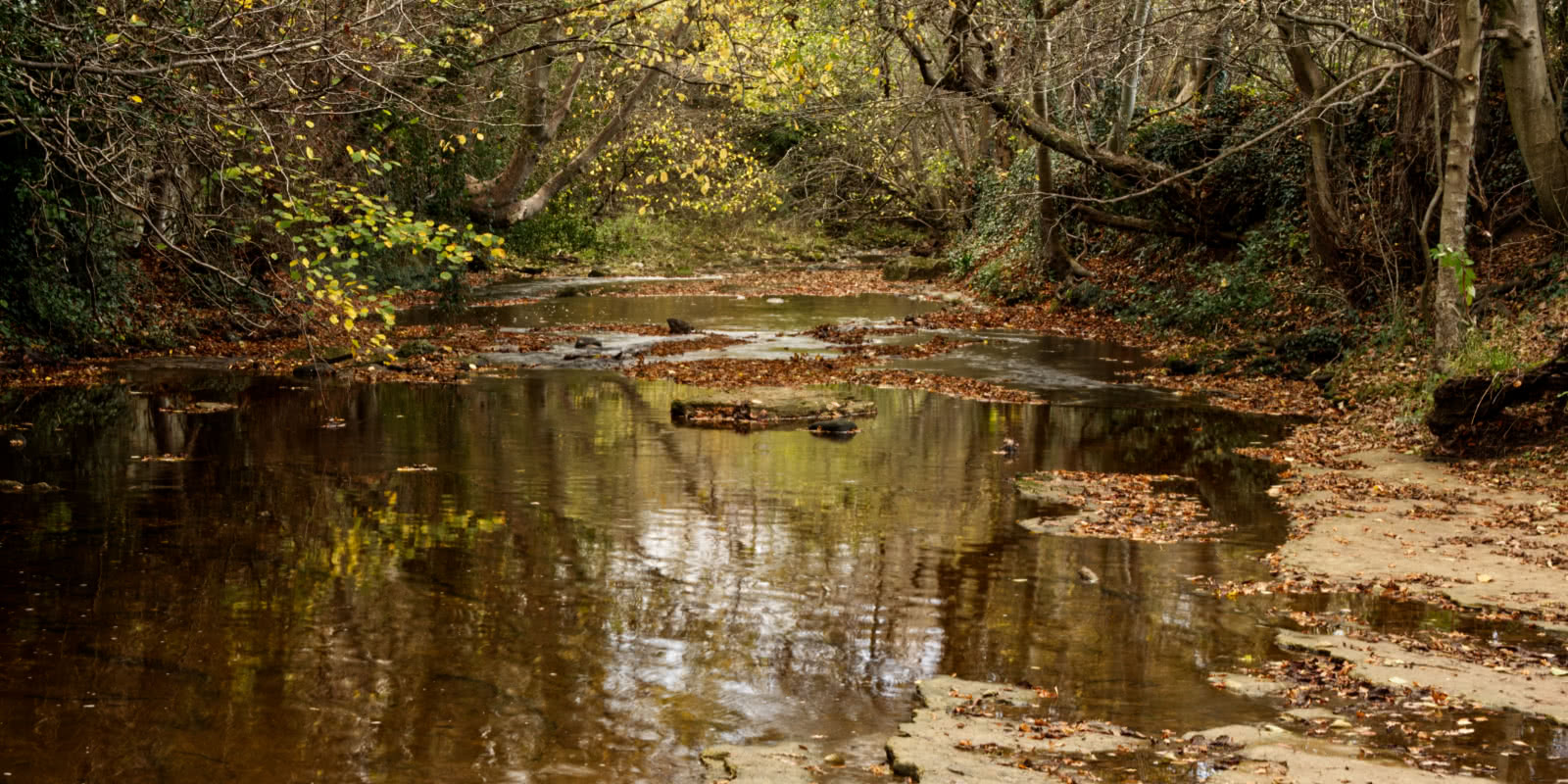
About Hell Wath
History
Hell Wath is an area of green space which forms a link between the historic city of Ripon and the UNESCO World Heritage Site of Fountains Abbey and Studley Royal. The name derives from Old Norse words for flat stone ford, used to cross the River Skell. The site has an important and fascinating history, one which we hope to bring to life on site with the help of the Skell Valley Project. Here is a potted history to give you a glimpse into the past.
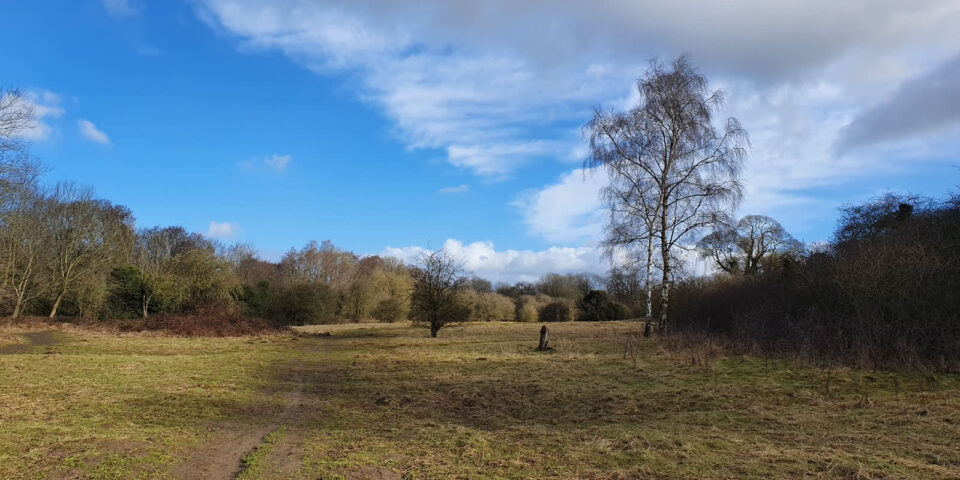
Agriculture
The archives indicate the area was used for agriculture, primarily animal grazing, from the 18th century. At one time Hell Wath was part of the vast estate owned by the Vyner family who were the last private owners of Fountains Abbey and Studley Royal.
River Skell
The River Skell originates at Dallowgill Moor and flows down to Ripon, running along the western border of Hell Wath. In the 19th century a series of dams were built along the river to provide a reliable water supply to the mills ands canal. These are no longer in place.
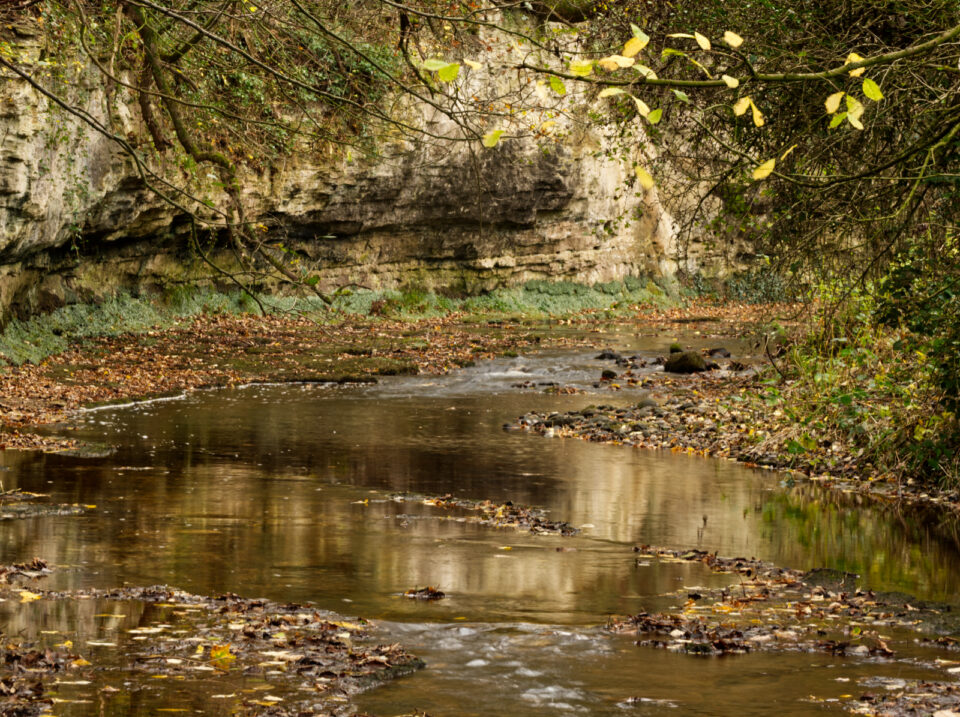
Racecourse
From 1865 Ripon Racecourse occupied part of the Hell Wath site and the grandstand still stands, just off Whitcliffe Lane. When the racecourse moved 40 years later, the grandstand was used by the Royal Engineers as offices within the vast army camp. From 1960 to 2012 the grandstand was used by the Ripon Cathedral Choir School. Now the building is awaiting development as part of a housing project.
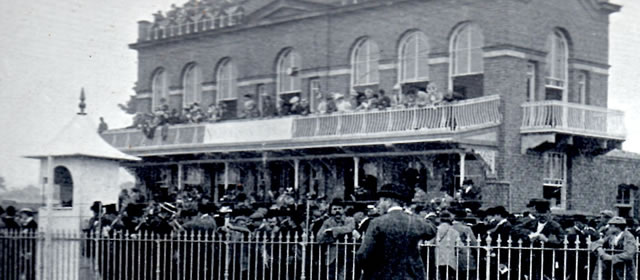
Armed Forces
During World War 1 Hell Wath, Ripon was the location of the largest army camp in the country, at its peak housing over 30,000 soldiers, one of the most famous being the war poet Wilfred Owen. The army camp was a thriving community, serviced by railway lines, roads, sewage works and reservoirs. Little remains to remind us of this important period of Hell Wath history.
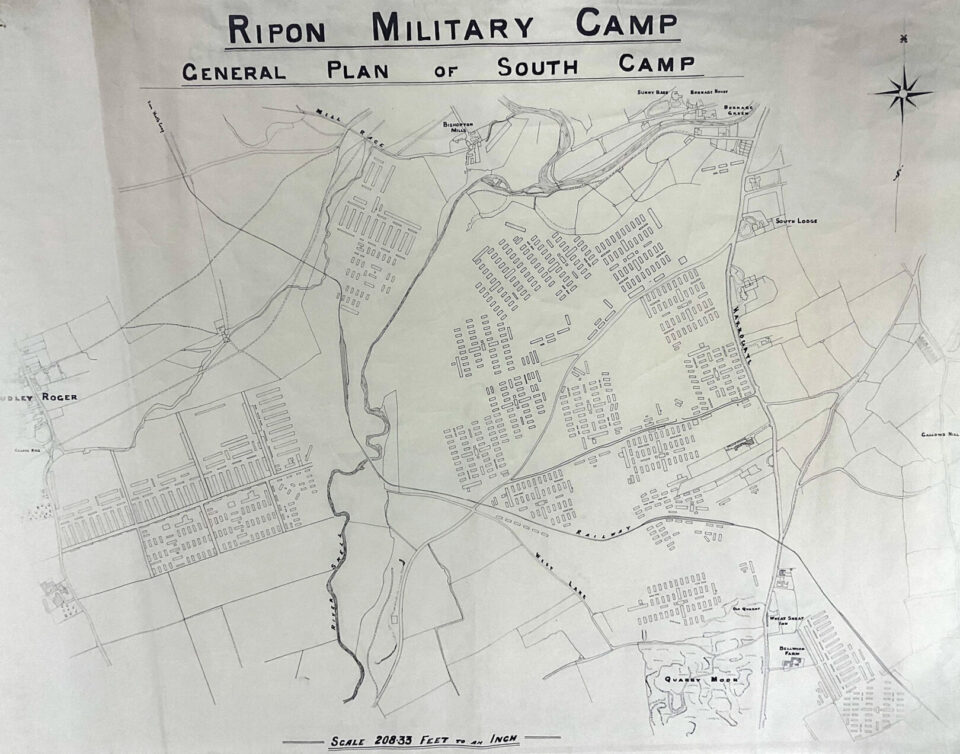
Fairy Steps
No-one is quite sure where the name derives from, but the Fairy Steps are an important World War One architectural feature. Believed to have been used to haul gun carriages up the slope, the Fairy Steps feature steps for mules and a grooved side channel which would have kept the carriage wheels in line. The Friends of Hell Wath are working with the Council, the Skell Valley Project and the Army to ensure these steps are preserved and, if possible, restored to serve as a reminder of Hell Wath’s wartime history.
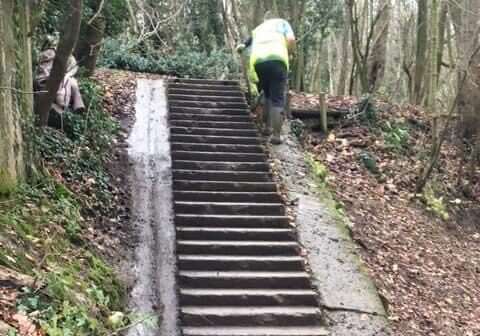
Nature Reserve
A Management Plan was drawn up for Hell Wath in 1989 to give the Council guidance on how best to look after Hell Wath as a publicly open area of green space. A number of surveys were undertaken to identify the nature and wildlife across Hell Wath. The surveys identified ecologically important areas and as a result, part of the site was designated a Local Nature Reserve in 1989.
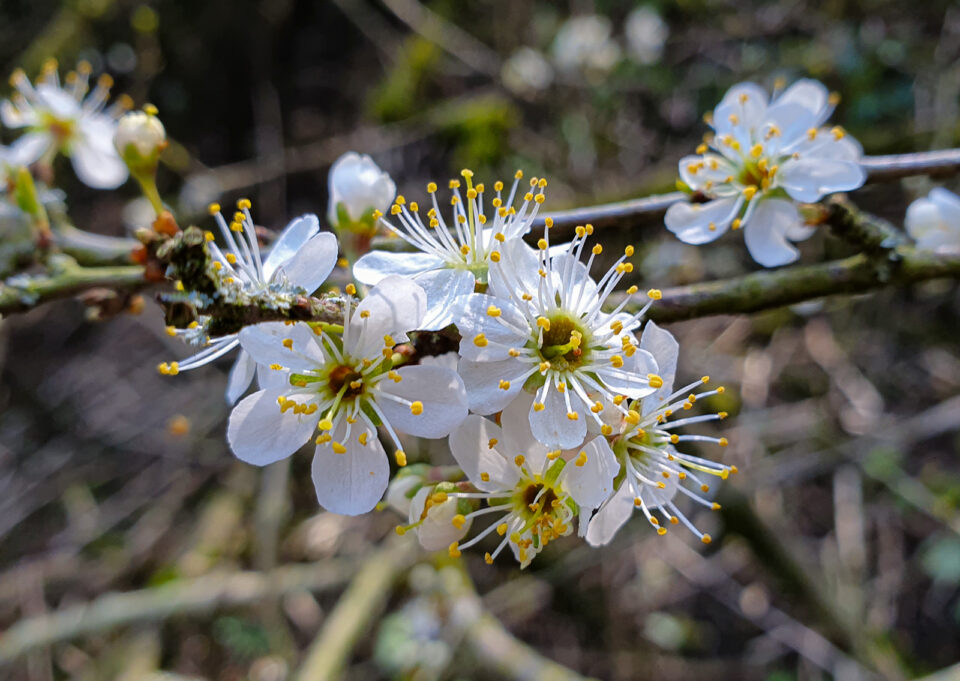
Looking After Hell Wath
Harrogate Borough Council is responsible for undertaking work needed to maintain Hell Wath as an open green space for the public benefit. However, it is not always possible for a Council to know what local people think is needed, or be able to provide the resources needed. In 2017 The Friends of Hell Wath was set up to work with the Council to help look after the site. Since then, these local people, all volunteers, have given their time to help look after Hell Wath.
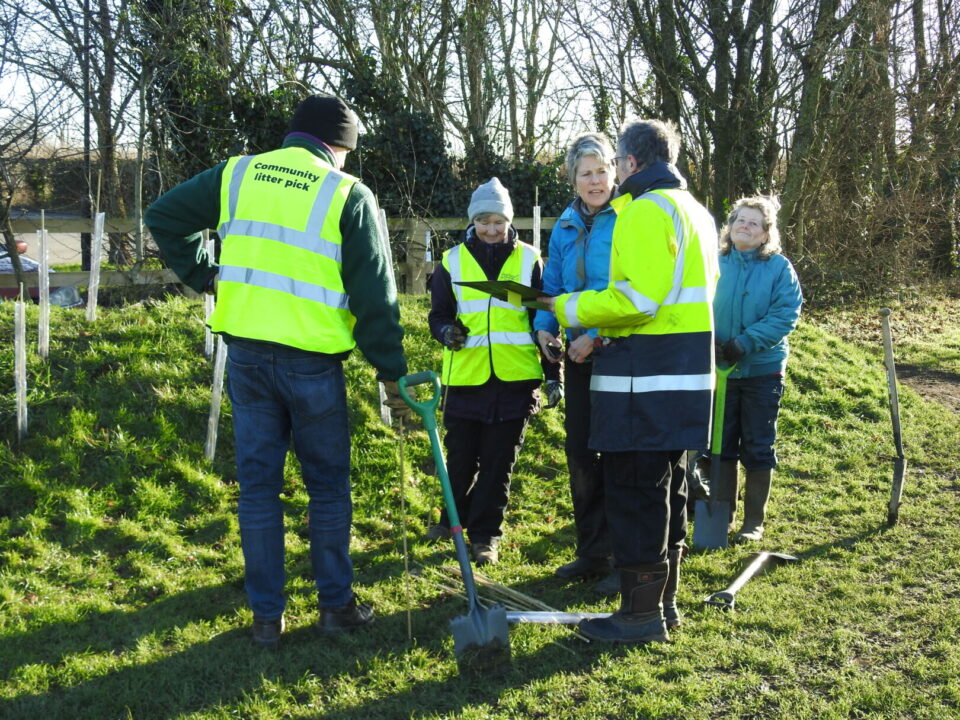
© Friends of Hell Wath 2025. All Rights Reserved. Site by Bronco